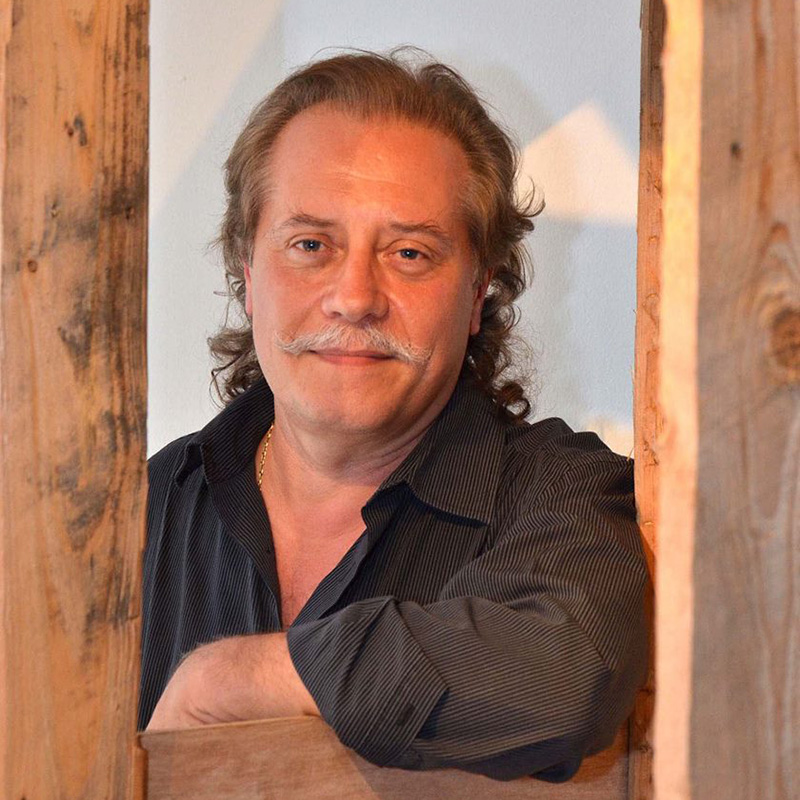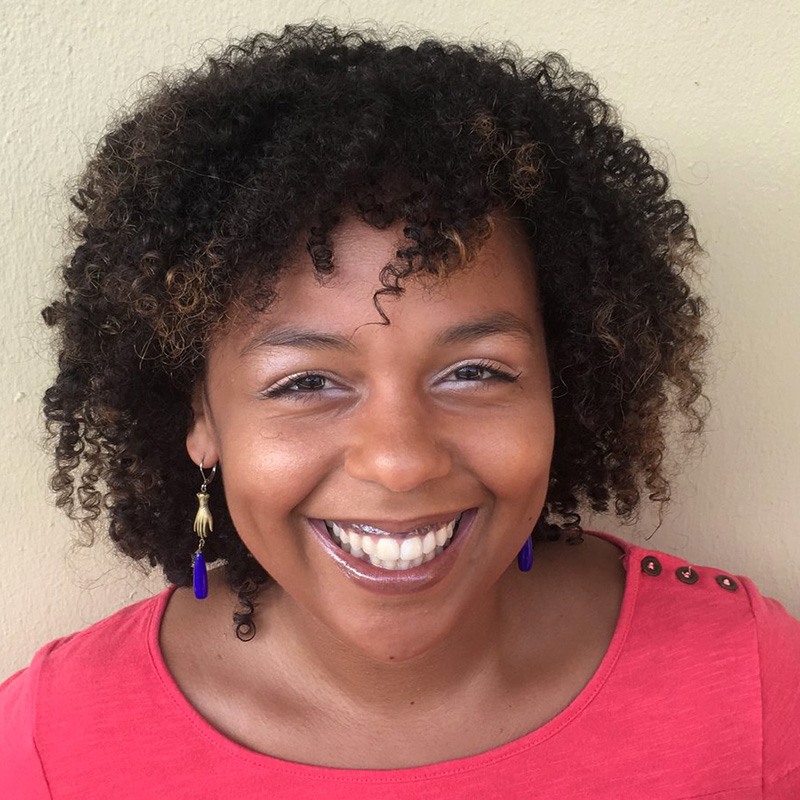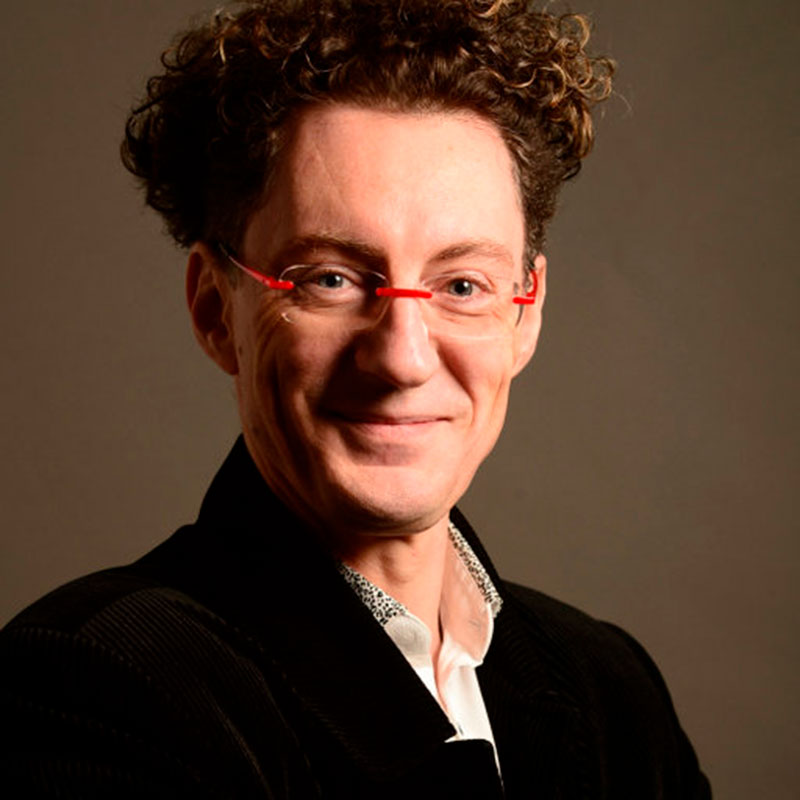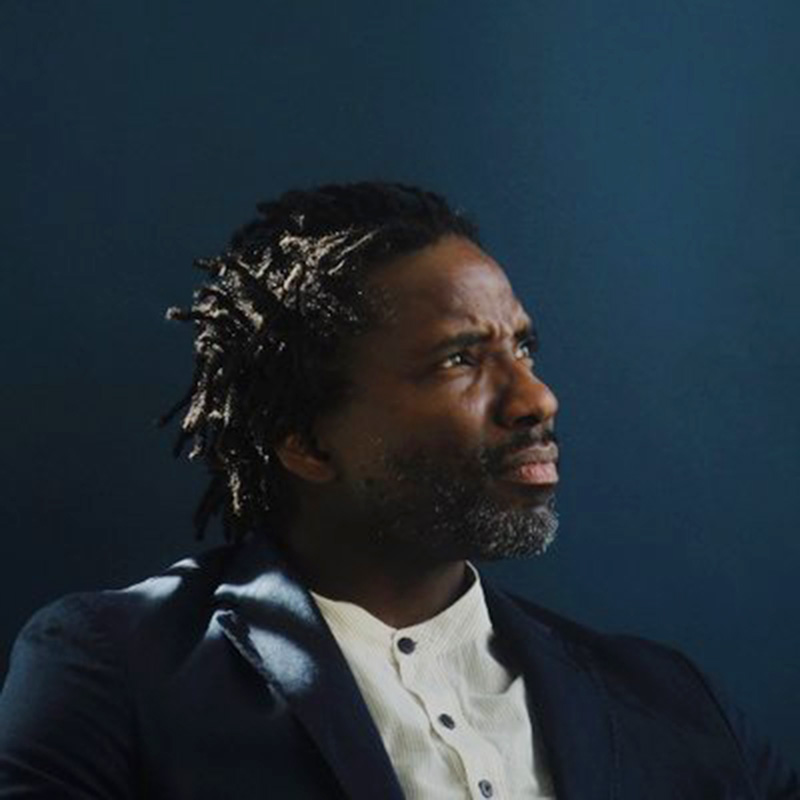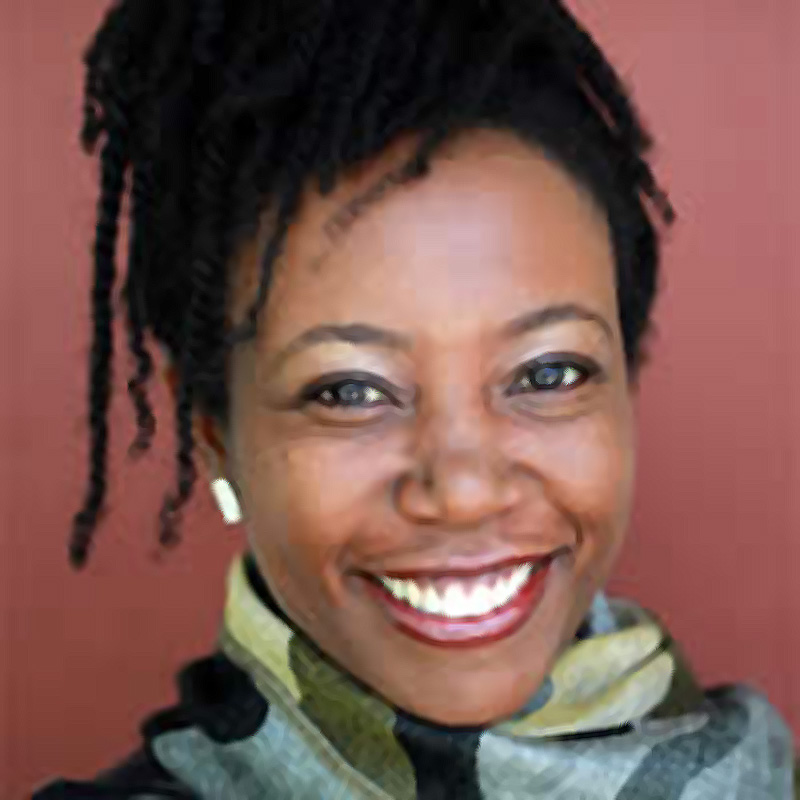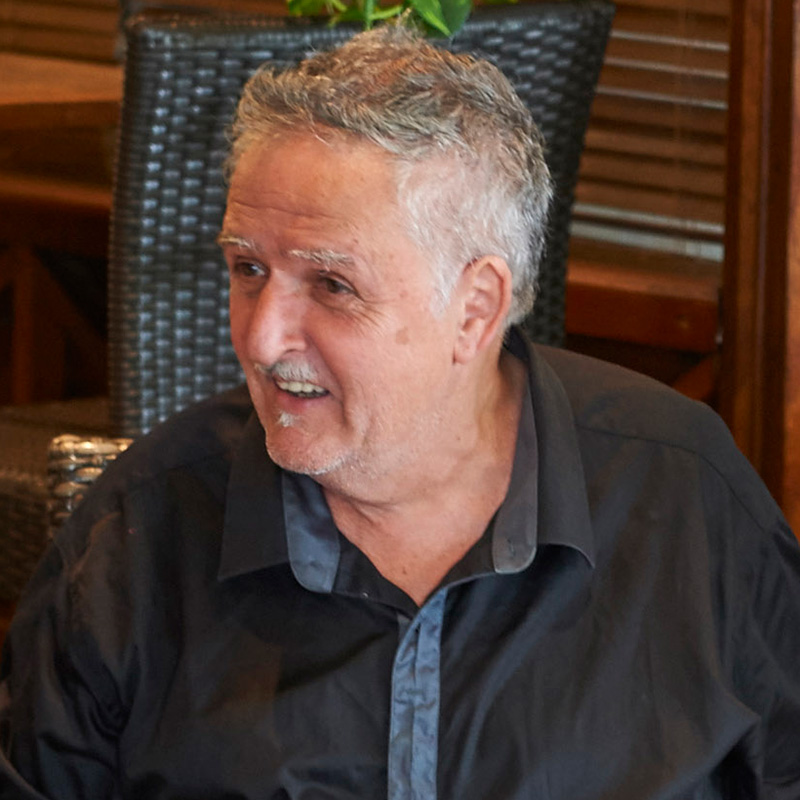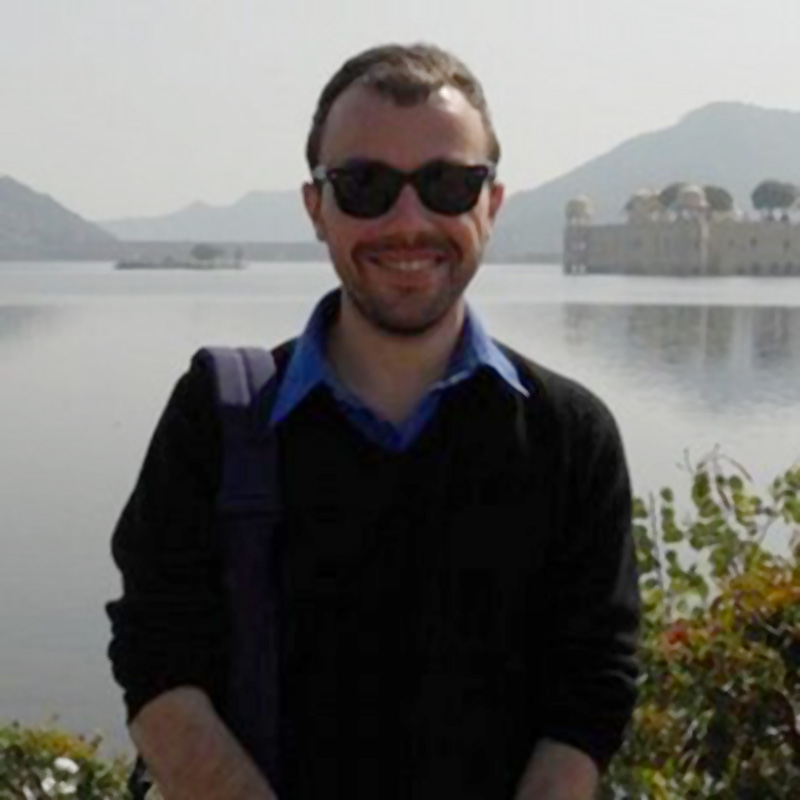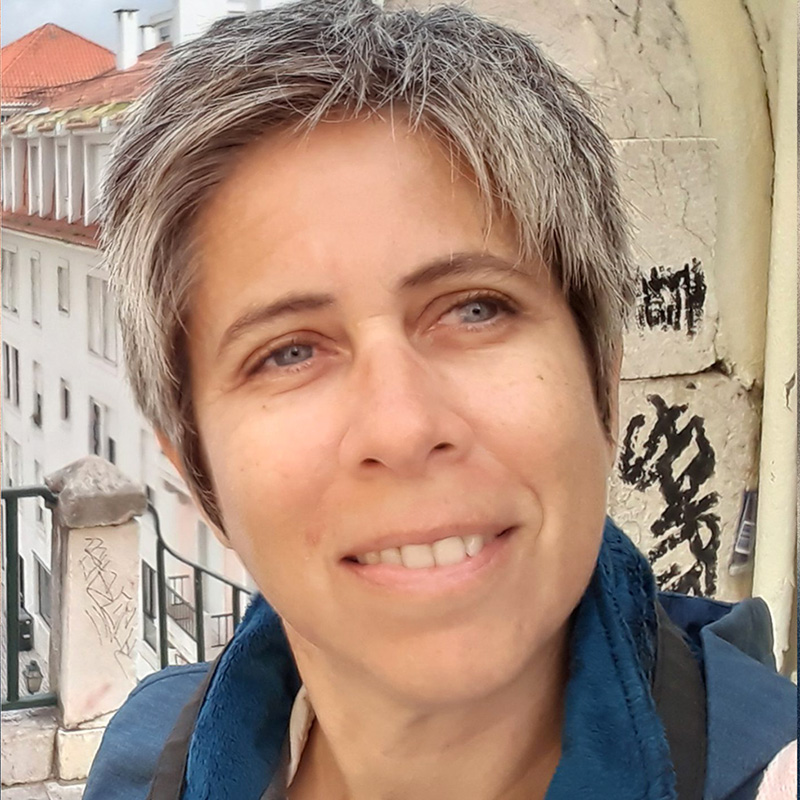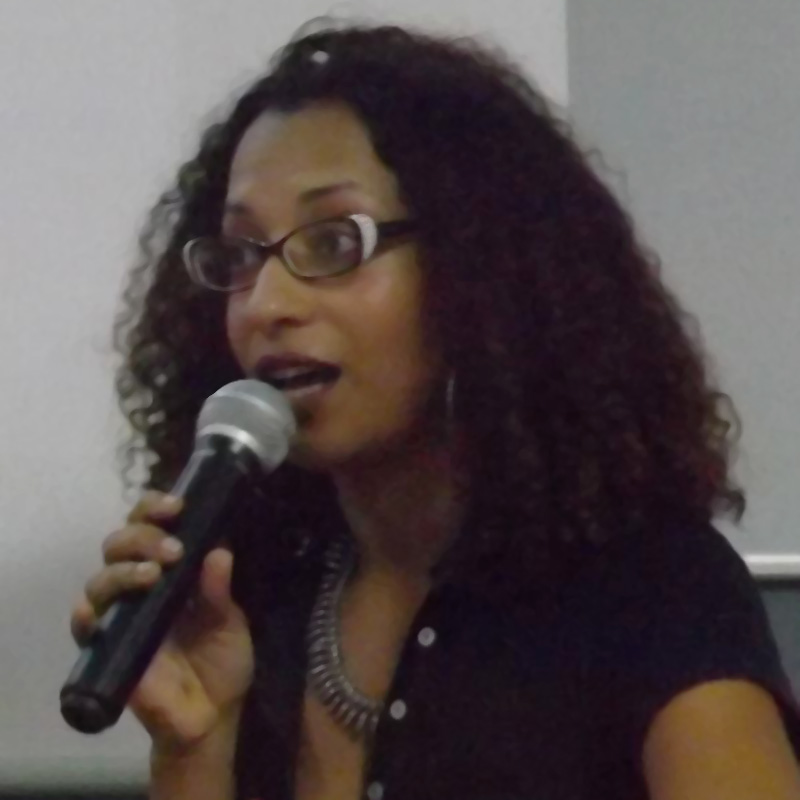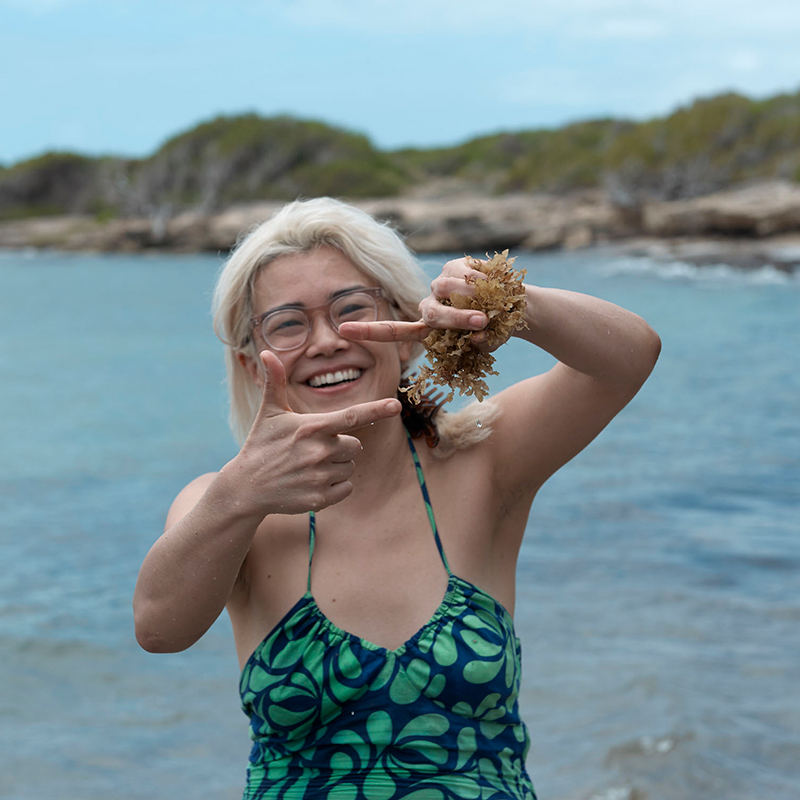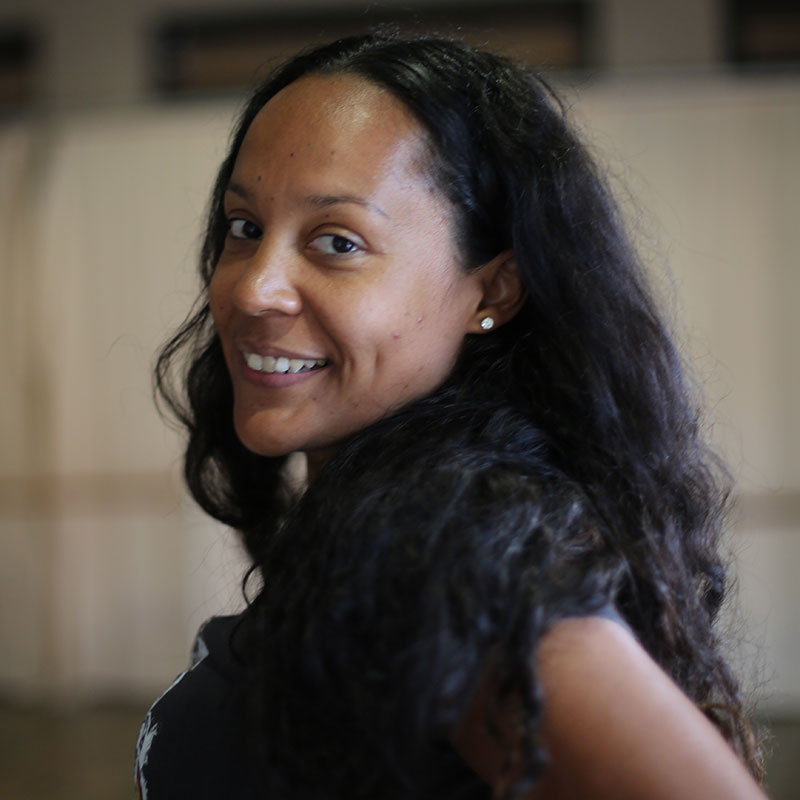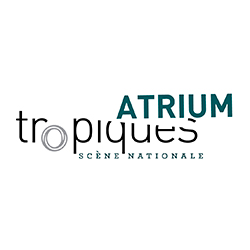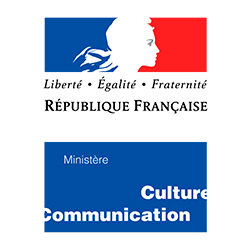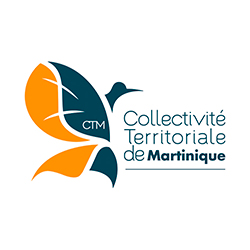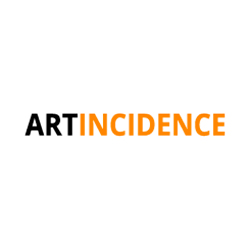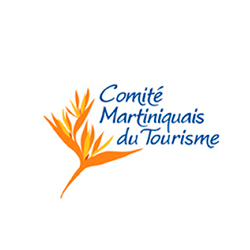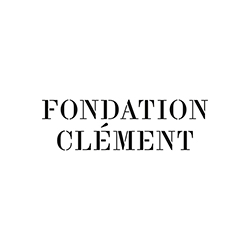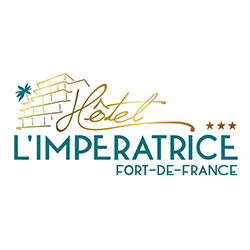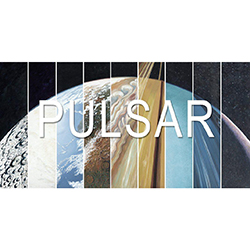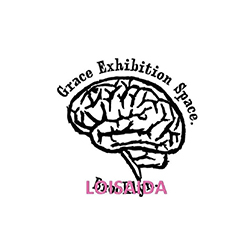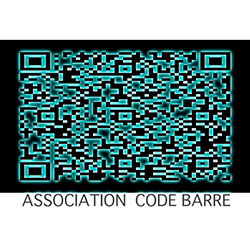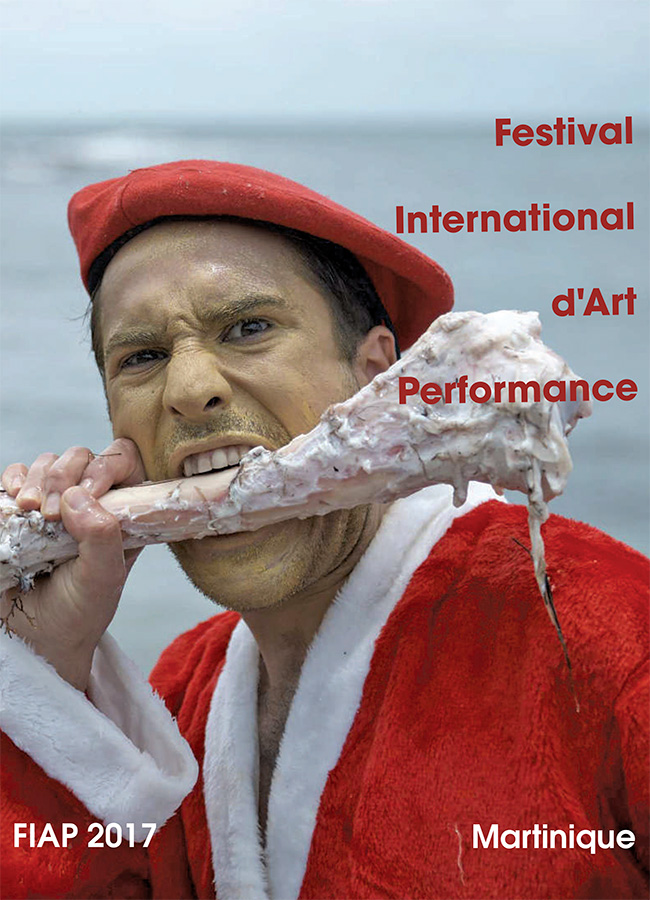
The Festival International d’Art Performance (International Performance Art Festival), FIAP2017, was held in Martinique in April 2017.
Organized by curators Annabel Guérédrat and Henri Tauliaut, in a desire to combine the theory of performance art history and performance itself, the festival displayed some thirty art critics, academics, performers from Europe, the Caribbean, North America and Latin America. It was a week of sharing, discoveries and real creations. In addition to the round table discussions, there were performances done out of the gallery context, performed at the l’hôtel l’Impératrice itself, at the Schœlcher library; in urban areas, in the streets of Fort-de-France; and at the Savane des Pétrifications.
Prior to FIAP2017, there were also five scheduled events combining performance with conferences and lectures. This was done in order to explain what performance art is, to make it accessible and to allow the public of Martinique to embrace this practice still young.
The artists
- Gwladys Gambie
- Ana Monteiro
- Ange Bonello
- Marvin Fabien
- Annabel Gueredrat
- Alejandro Chellet
- Erik Hokanson
- Jill McDermid
- Henri Tauliaut
- Ayana Evans
- Audrey Phibel
- Tif Robinette
- Ian Deleon
- Nyugen Smith
- Myk Henry
- Nancy Gewolb
Alejandro Chellet
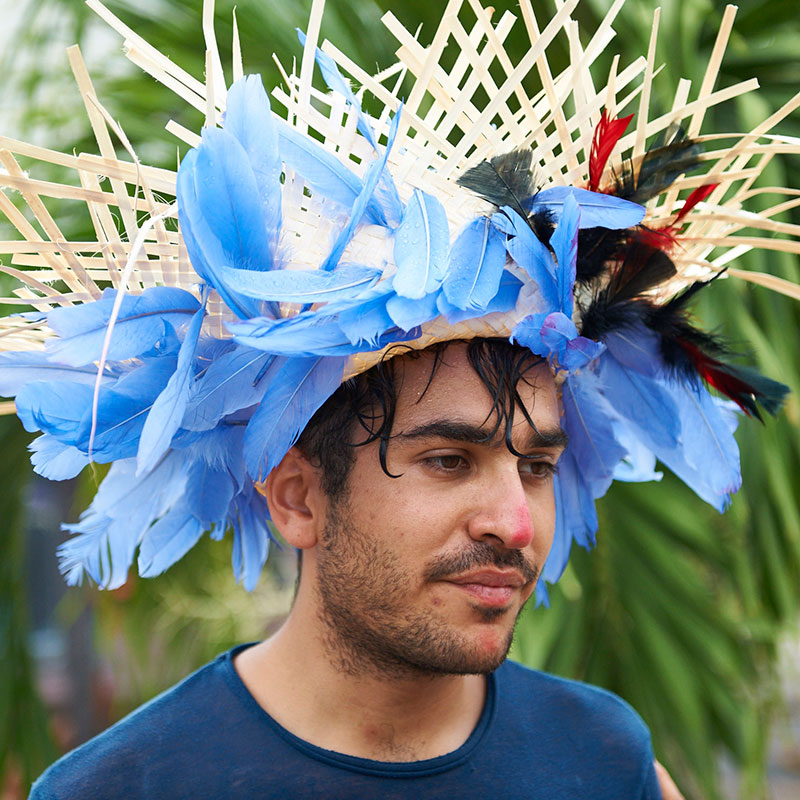
Alejandro Chellet is a multidisciplinary artist working with the misplaced core principles of coexistence that result in the loss of connection with Nature cycles that we live on the political and environmental context of urban societies. In addition to body art he is a social practitioner who develops in the cultural and permacultural networks, interacting with individuals and collectives in alternative communities like squats, ecologists, artists hubs, activists, gallerists, cultural entrepreneurs and shamans. Currently his work is shown in the Americas and Europe, particularly developing exhibitions, performances and urban interventions projects in cities like New York, London, Sao Paulo and, Mexico City.
Erik Hokanson
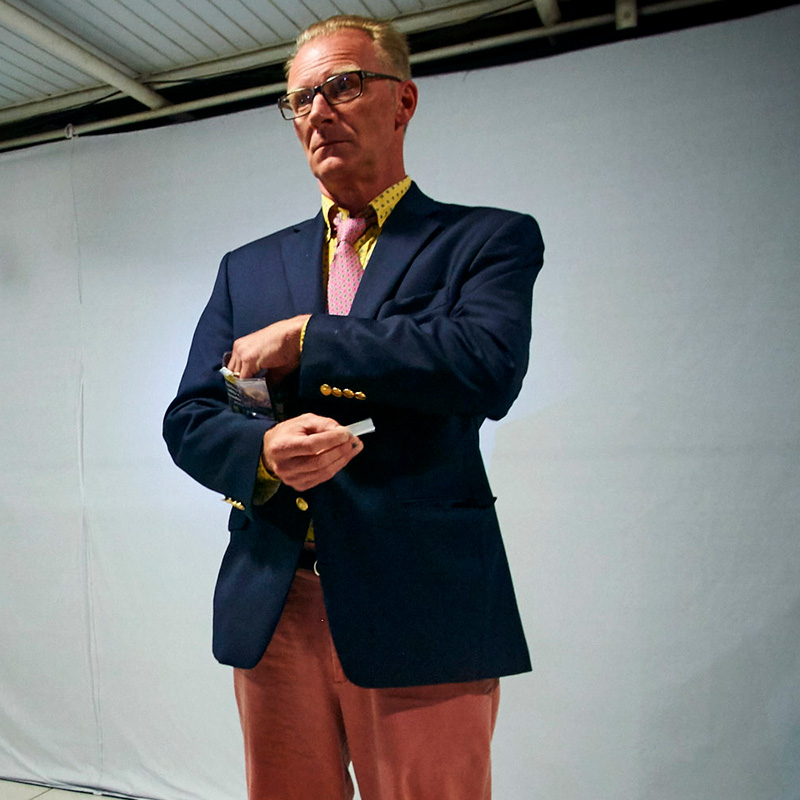
Lives and works in New York City. Director/Co-Founder, Grace Exhibition
Space, Brooklyn.
Gwladys Gambie
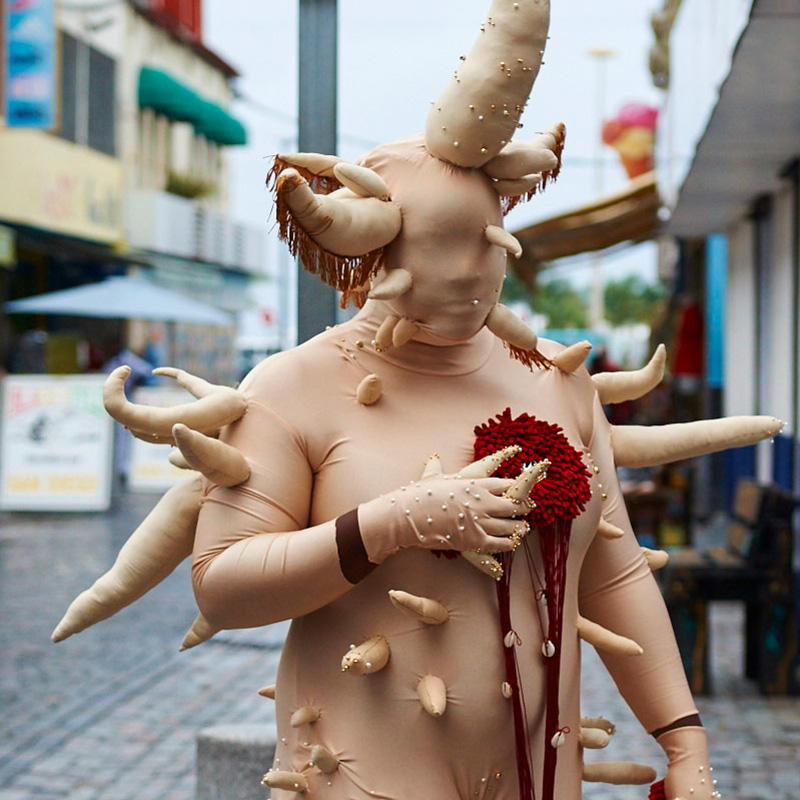
Born in 1988 (Martinique). Lives and works in Martinique. Graduated
in 2014, Campus Caraïbéen des Arts (Martinique).
Ayana Evans
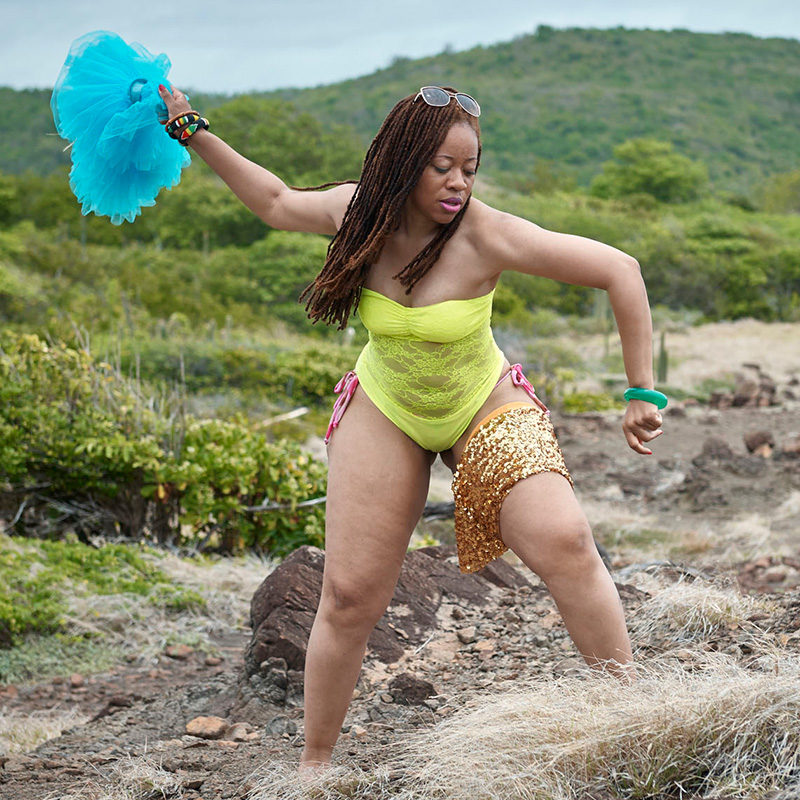
“My art explores the intricacies of my life; as an individual and as a social being who is: a woman, a Black American woman, a light skin Black American woman, a light skin black American woman from Chicago, blah blah blah. YOU get the idea. I’m an artist. (period) Conceptual ish is my «thing.» This is where I share some of my thoughts, projects, and inspirations freely”
Audrey Phibel
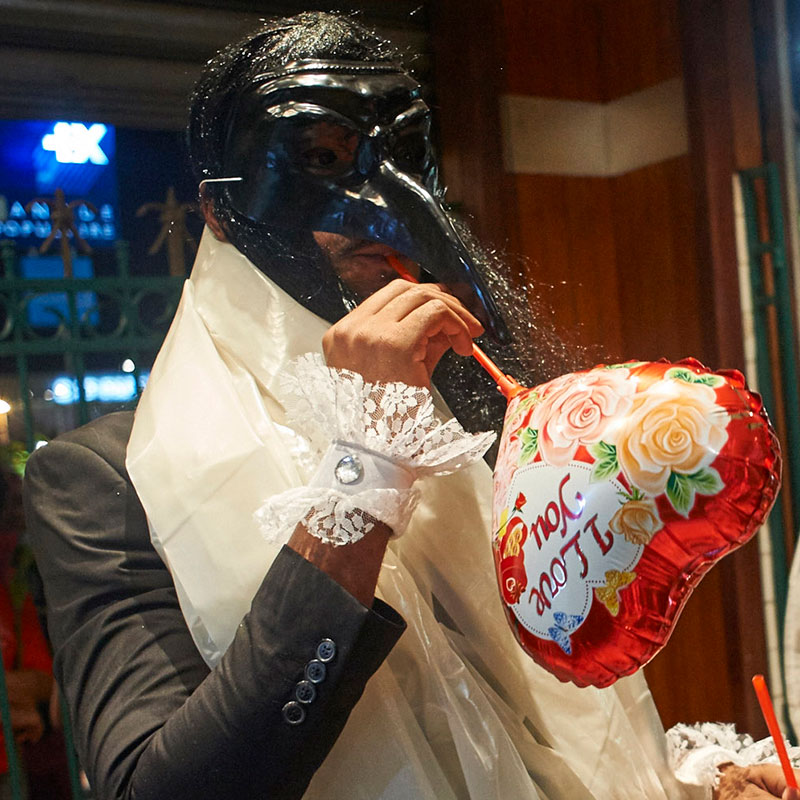
Performance artist native of Guadeloupe, lives and works in Guadeloupe. In the work that develops Audrey Phibel, the body is the place and the challenge of the artistic action. The body is no longer represented but presented, pushing its own limits. Each performance refers to one or several actions that take place in time. This time supposes movement or narration without coming to terms with it, though. It operates «displacements” through the performance.
Annabel Gueredrat
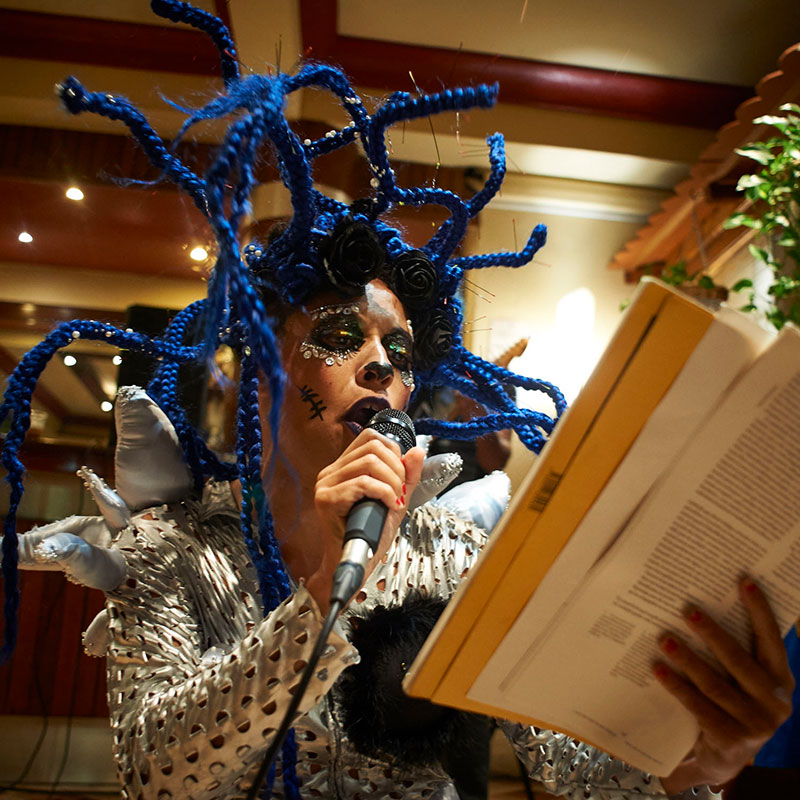
Performer choreographer, living and working in Martinique, practitioner in Body Mind Centering®. In 2003, she created and worked for the company ARTINCIDENCE. In 2006, she led dance actions in the field of prostitution, prison, education, medical and socio-humanitarian. Her questions then focus on the body politic and the social posture of Black and Métis women on the set.
Ange Bonello
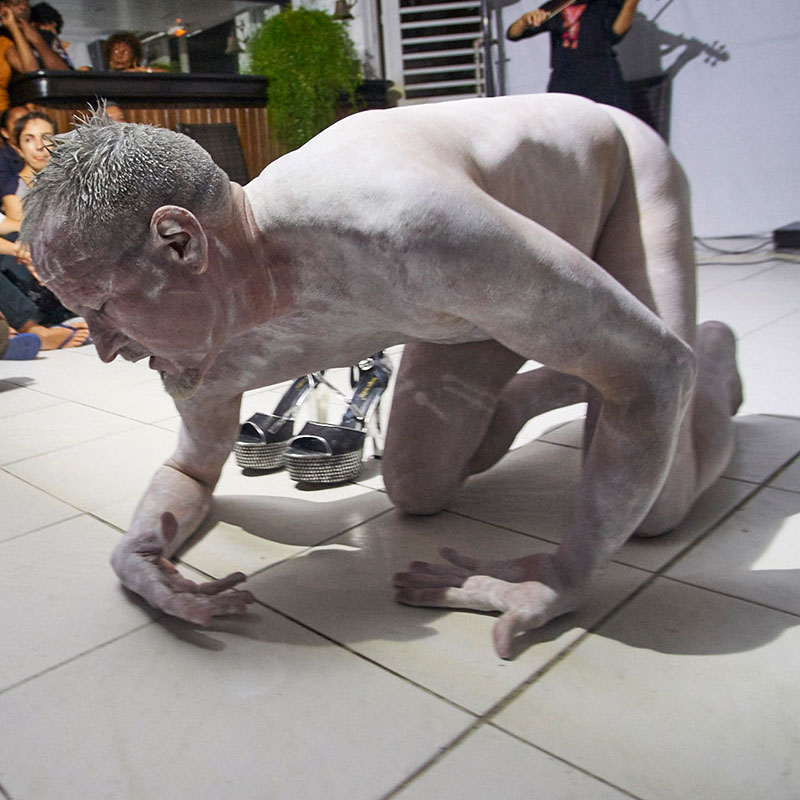
Resides in Martinique for about twenty years. In a «self-taught-instinctive» approach, the work of Ange Bonello is nourished by two influences, the Mediterranean and the Caribbean. His research led him regularly to Haiti where he photographs the energy that runs through his work. Without any judgement on another and by tapping into the reflection of identity, he allows one to see through different medium that he appropriates. Sculpture, video, performance, painting, are all elements that he displays. The Human Being is his soil.
Ana Monteiro
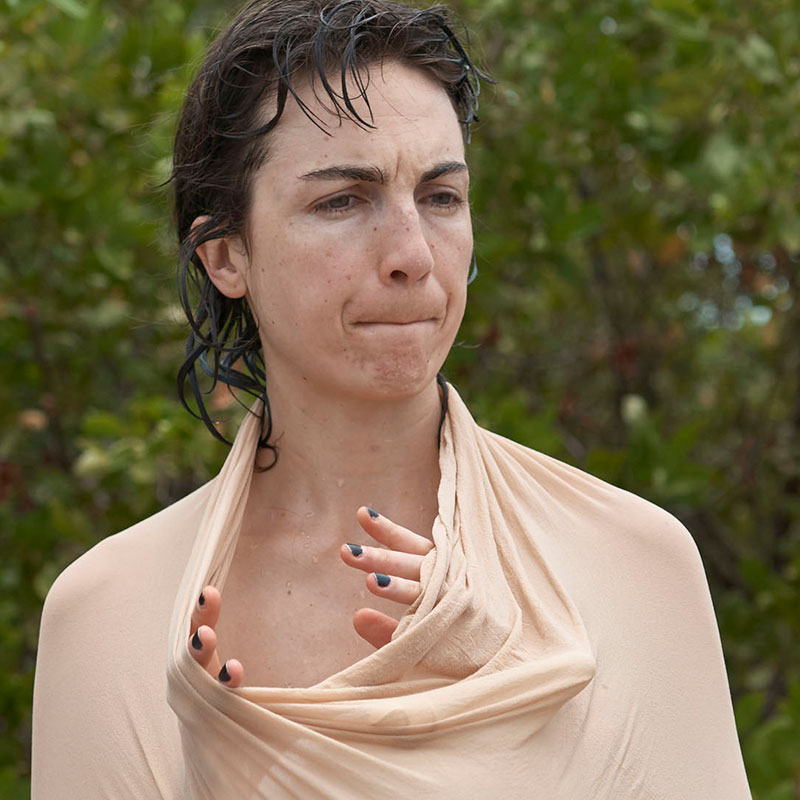
Ana Monteiro is a portuguese choreographer, performer and researcher working in inter disciplinary fields across diverse mediums and contexts, currently partaking in PhD Artistic Studies at Universidade Nova de Lisboa. […] She has been interested in exploring modes of perceiving and doing dwelling on the tension between division: theory/practice, reality/fiction, ethics/aesthetics, specialization/amateurism, human/nonhuman, individual/collective, life/art. […] She approaches choreography as expanded practice and a relational field.
Henri Tauliaut
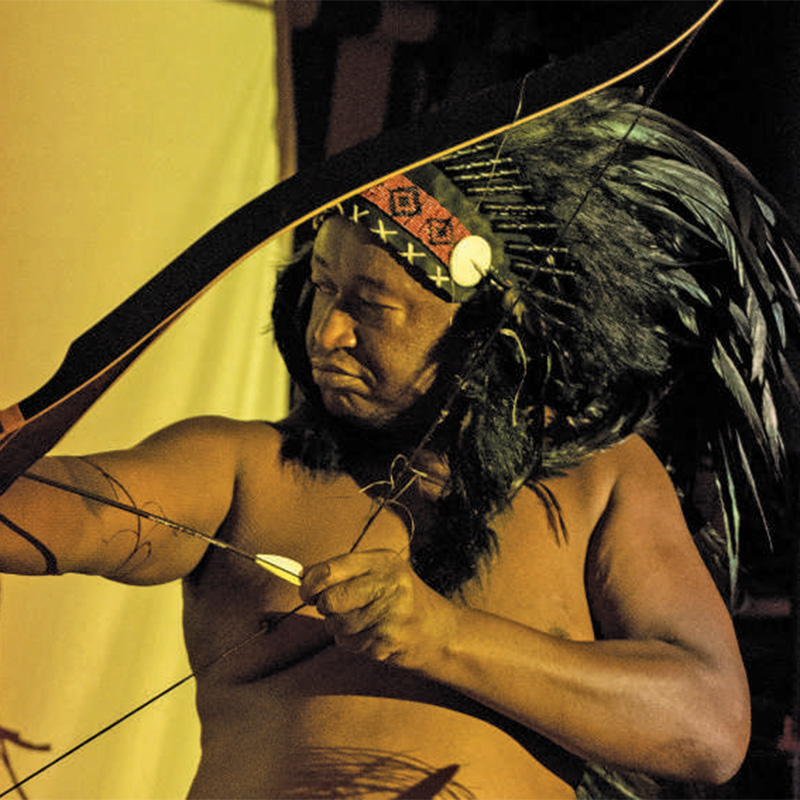
Born in 1967 in Abymes in Guadeloupe. Lives and works in Martinique. Visual artist, performer, researcher, doctor in plastic arts, professor at the Higher School of Visual Arts of Martinique (CCA), researcher on Bio art, Henri is also co-director with his partner A. Guérédrat, of the first International Festival of Performance Art (FIAP Martinique) and has also co-created the laboratories of performance art in the savannah of petrifications for 3 years.
Tif Robinette
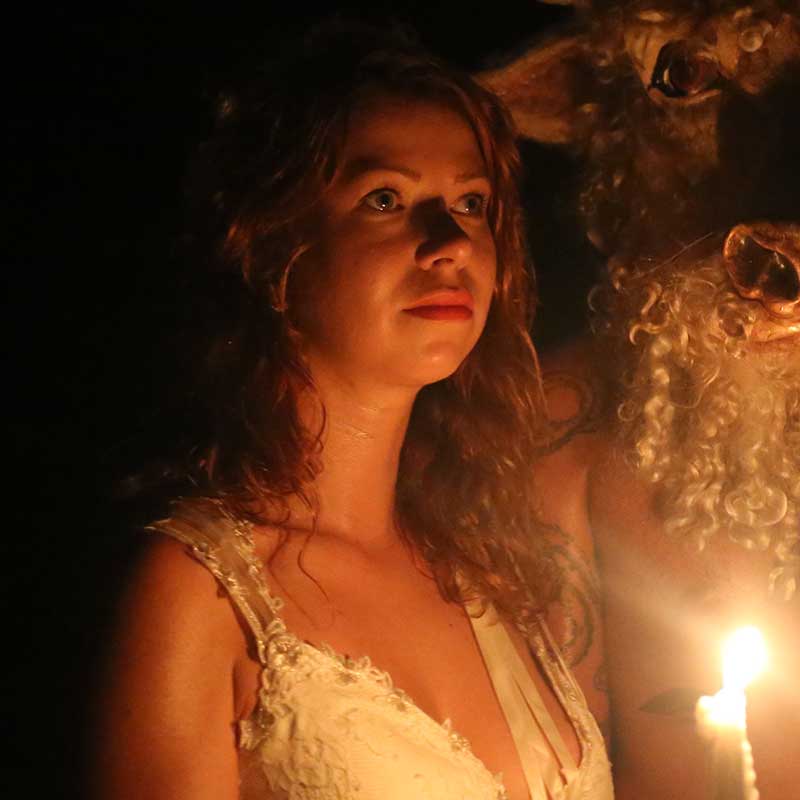
Tif Robinette (aka AGROFEMME) (NYC) (b. 1986, West Virginia) is a multi-disciplinary artist who builds narratives of longing, erotic subversion, and radical intimacy through drawing, photography, and performance.
Nyugen Smith
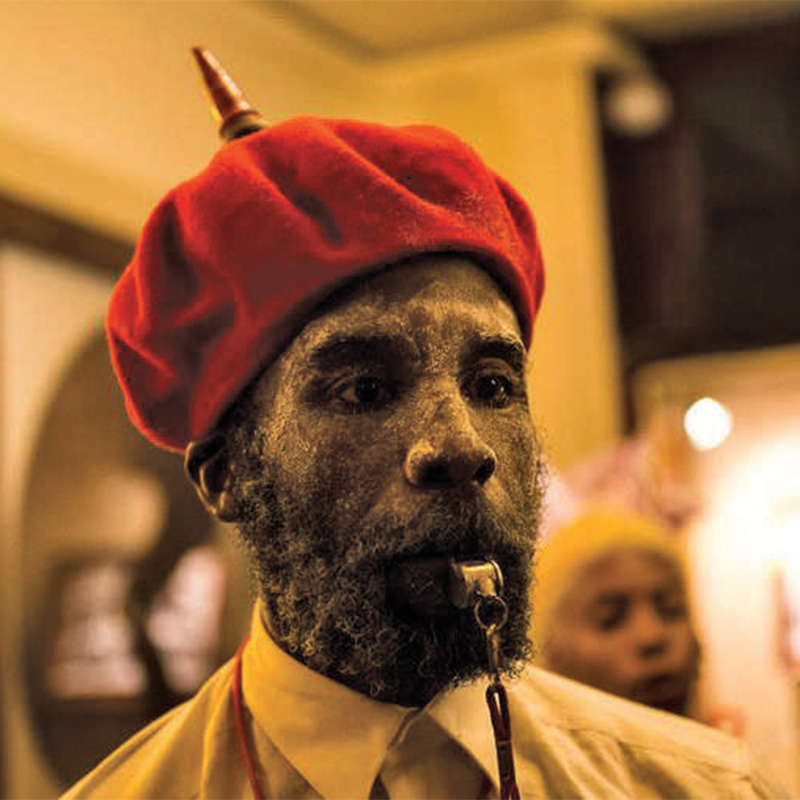
Performer and visual artist, living and working in the New Jersey, USA, Nyugen is from Haïti and Trinidad and Tobago origins. […] He is influenced by the combination of African cultural practices and the remnants of European colonial rule in the region. Responding to the legacy of this particular environment, Nyugen’s work considers imperialist practices of oppression, violence and misleading ideologies. While exposing audiences to concealed narratives, he aims to destabilize constructed frameworks from which this conversation is often held.
Marvin Fabien
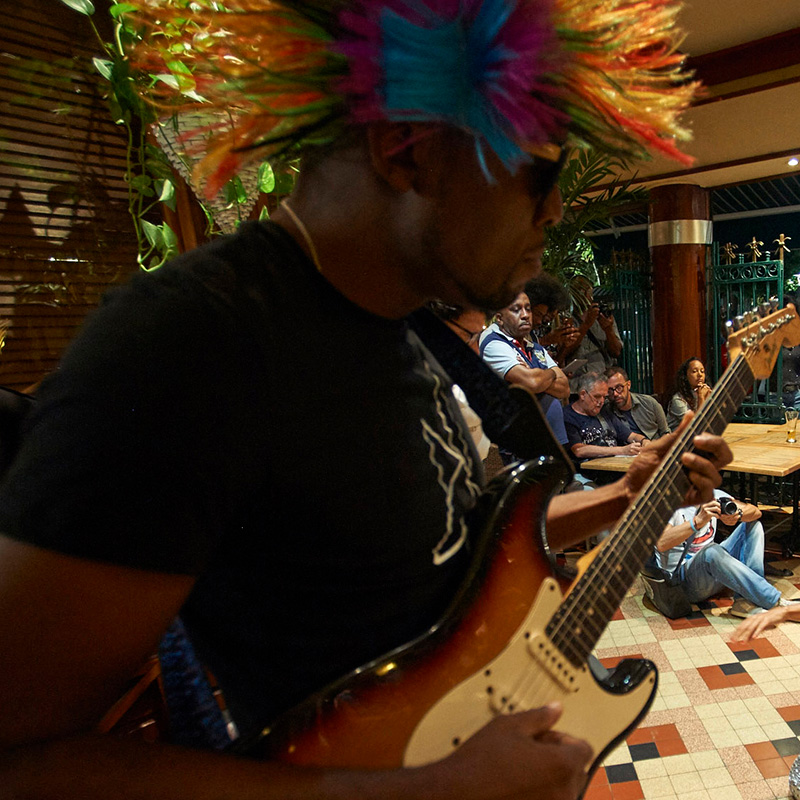
Marvin Fabien was a contemporary multimedia artist, an university teacher and Ph.d candidate in Aesthetics and Art Sciences at Université des Antilles, Martinique. As a multimedia artist, his work questioned the aesthetics and the archetypes of popular music culture in the Caribbean. Through his digital performances he created musical spaces that he directed by creating live interaction between bodies, sound, light, and video mapping. Through the idea of “Bouyon” (meaning a soup with one in all), a type of music from his island Dominica, he created archetypal figures suggested by moving bodies allured by the glitters and the lights.
Hector Canonge
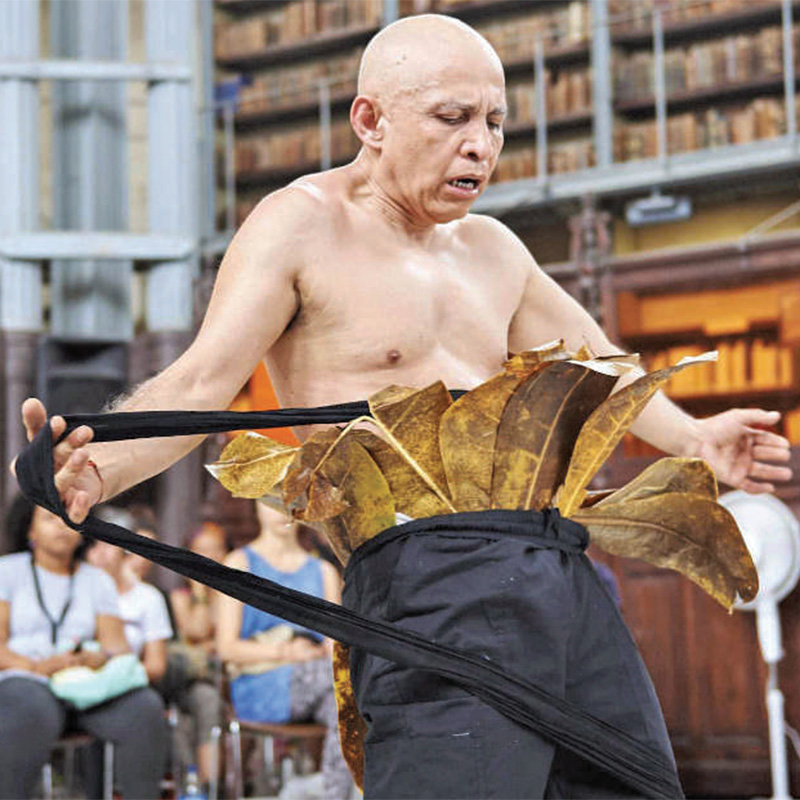
Hector Canonge is an interdisciplinary artist, curator and cultural entrepreneur based in New York City. His work incorporates the use of new media technologies, cinematic narratives, Live Action Art, and Social Practice to explore and treat issues related to constructions of identity, gender roles, psychogeography, and the politics of migration. Challenging the white box settings of a gallery or a museum, or intervening directly in public spaces, his performances mediate movement, endurance, and ritualistic processes. Some of his actions and carefully choreographed performances involve collaborating with other artists and interacting with audiences. […]
Myk Henry
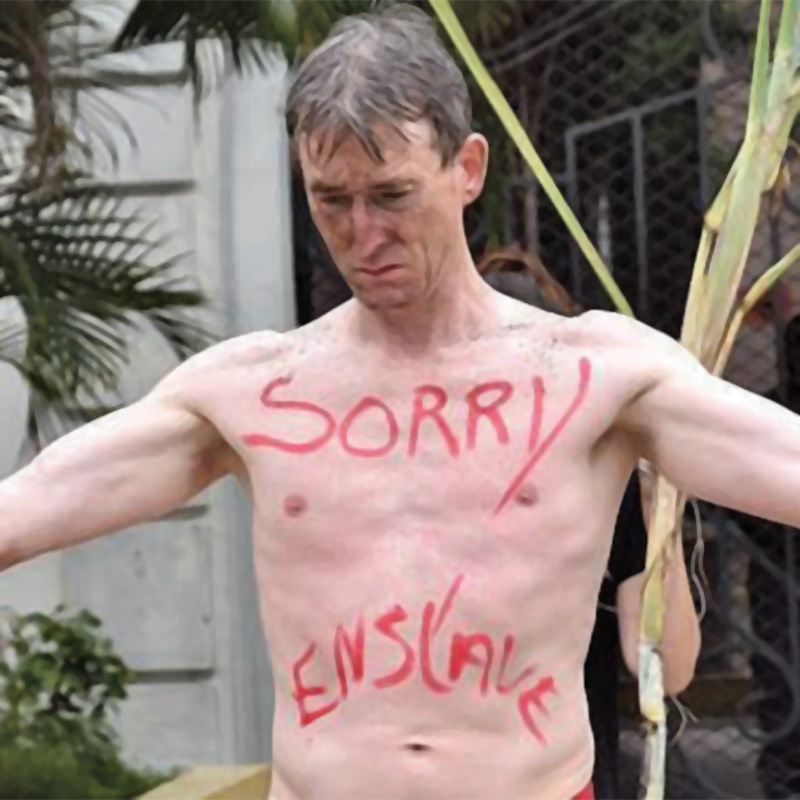
Myk Henry is originally from Dublin, Ireland and moved to New York in 1984. From 1989-1992 Henry was part of the immersionism movement which instigated the birth of several warehouse art events involving hundreds of artists and thousands of spectators. […] As a performer Henry investigates the audience’s sense of social and political awareness and engages them in a transformative process. Investigating the thin divide between private and public space, his work is provocative, edgy and slams the viewer into the center of political issues, social conditioning and human taboos. […]
Ian Déléon
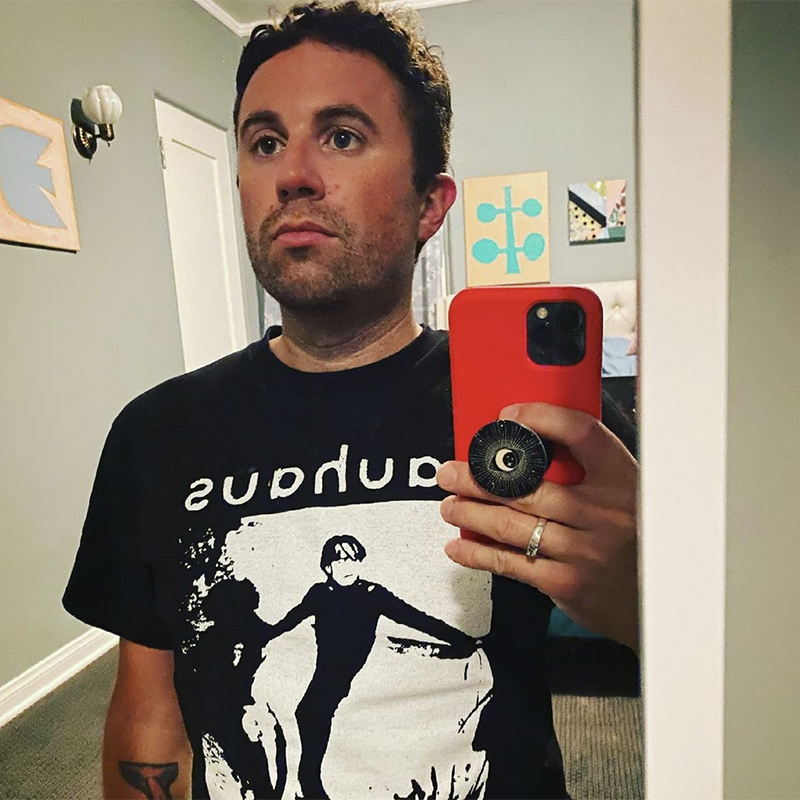
Ian Deleón (NYC) (b. 1987, Miami) currently lives and works in Brooklyn, NY with his wife Tif Robinette. Together they are the curators at PULSAR Performance.
Nancy Gewolb
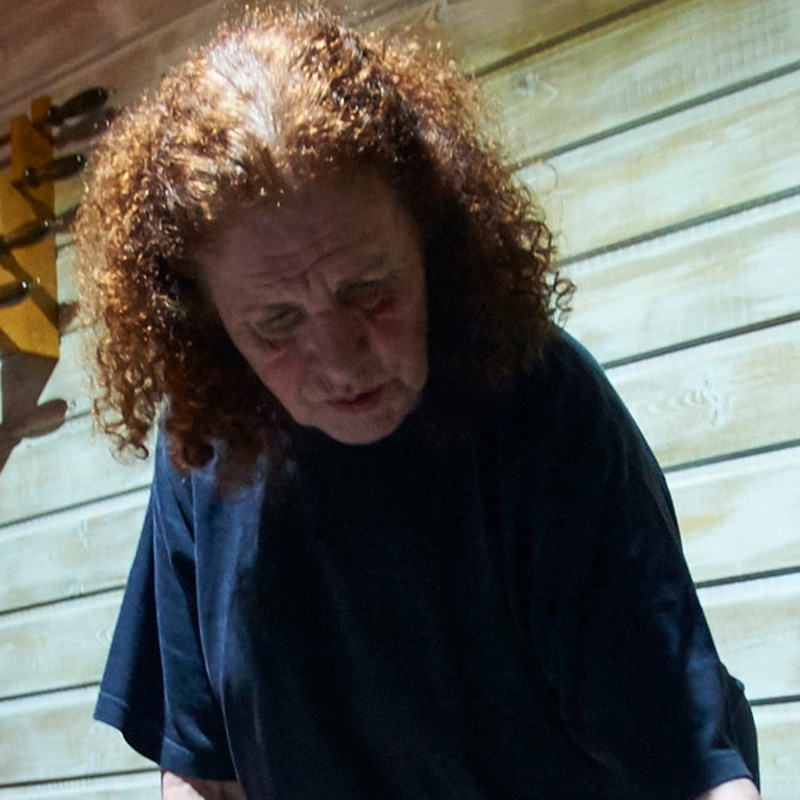
Nancy Gewölb lives and works in Valparaiso, Chile. Visual artist dedicated to performance, living art and installations, she investigates, responds and interacts with her physical, social and cultural environment. Her performance work combines her body’s action with simple and / or complex objects and in this way creates a dialogue between her and the environment. Nancy Gewolb has been working in ephemeral art since the 1980s: «That’s when I met performance art, just to learn that I’m still doing this mix of being alive and to be dead at the same wonderful moment. Let art be a «petite mort.» Nancy develops a unique trademark based on interaction with the viewer. […]
Jill McDermid
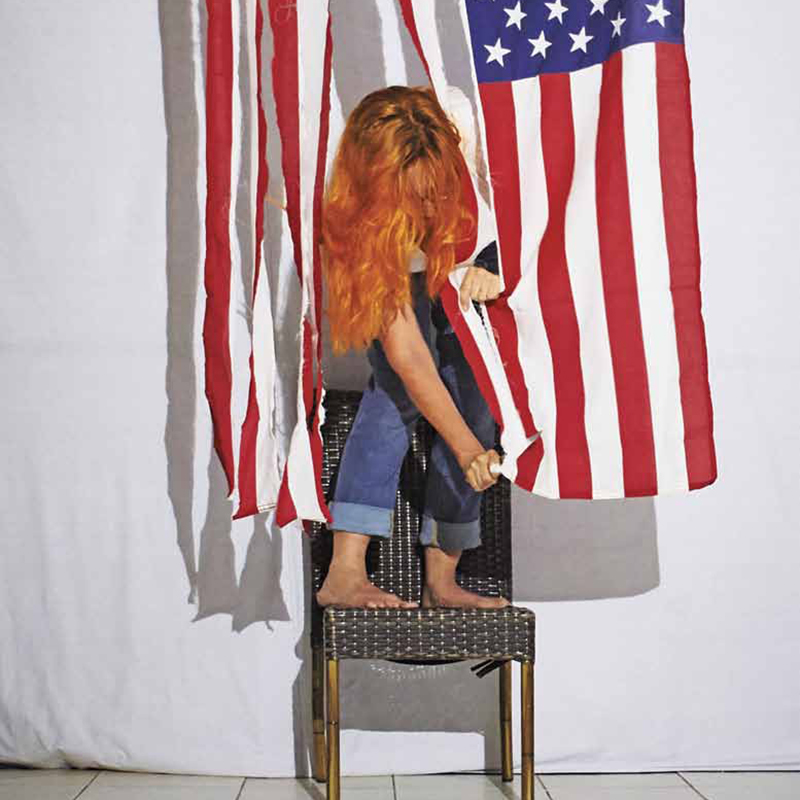
Born in 1966, lives and works in New York. Jill McDermid’s work consists of creating spaces, Each installation is equipped with sound, projections, and monitors of performance. Moving a piece to a story unfolds slowly. Her plays are more or less autobiographical and always play in the sphere of pathos and fun. McDermid Jill also runs two New York gallery, Grace Exhibition Space and Alice Chilton Gallery in Brooklyn, as an extension of her artistic activity.
The art critics
- Anne Catherine Berry
- Olivia Berthon
- Maria Eléna Ortiz
- Vanessa Hernandez Gracia
- Marsha Pearce
- Raphaël Cuir
- Gérard Mayen
- Thomas Cepitelli
- Dominique Berthet
- Seph Rodney
